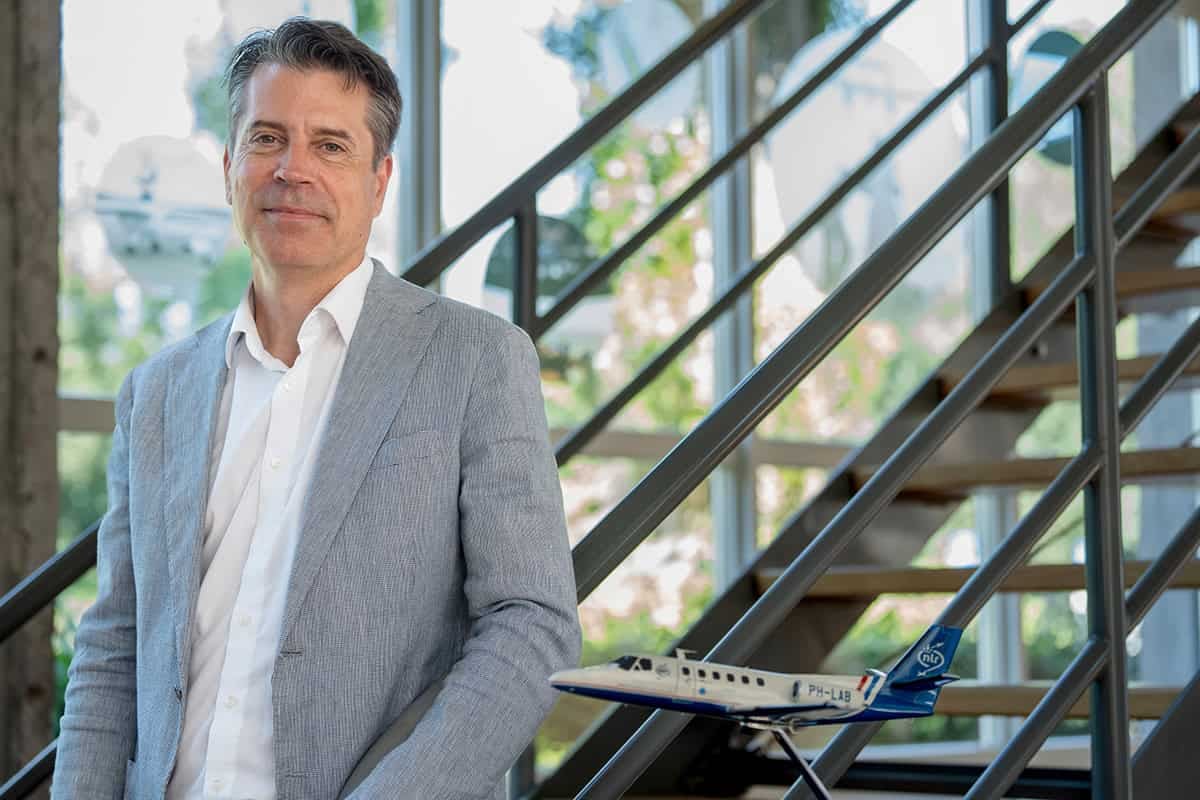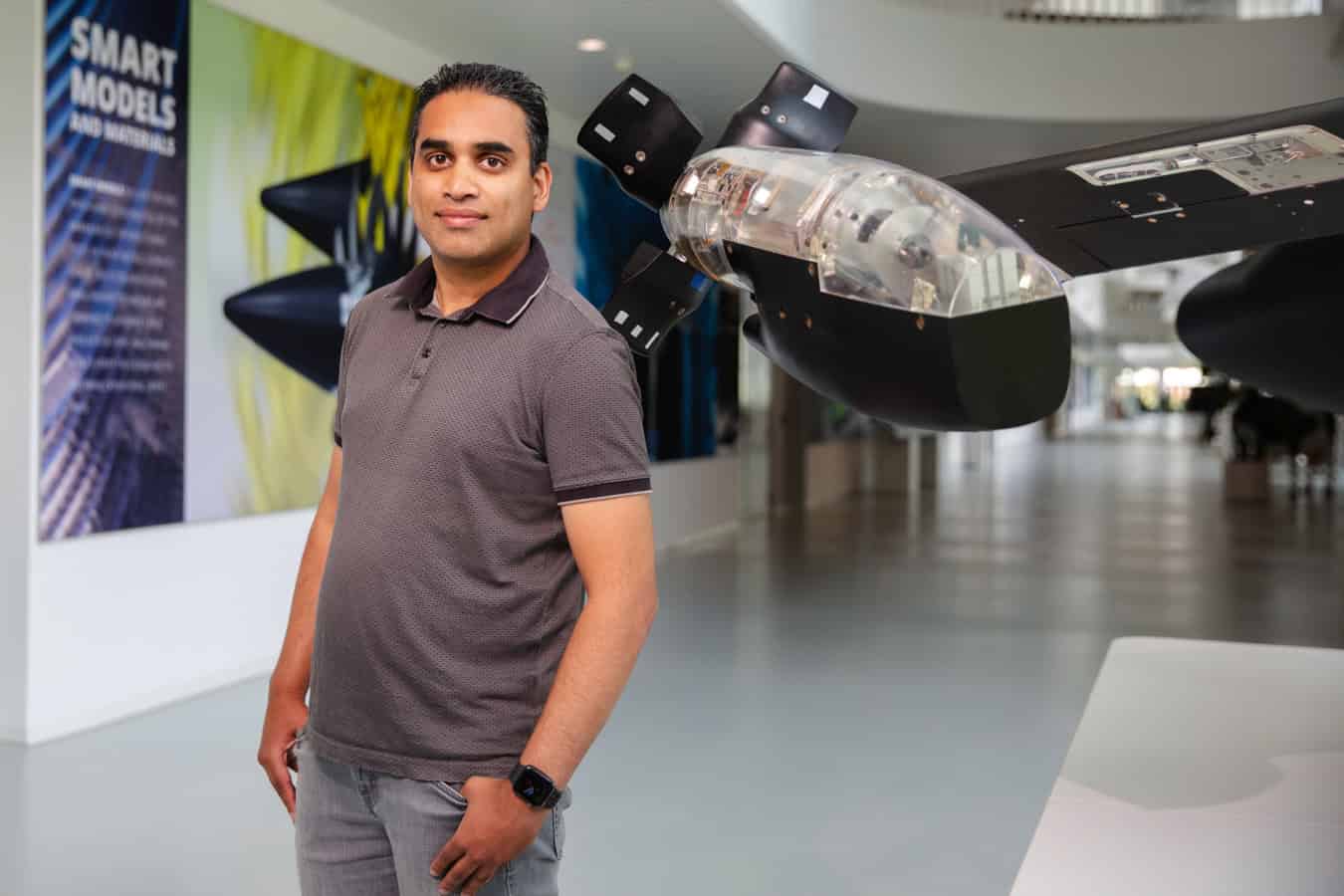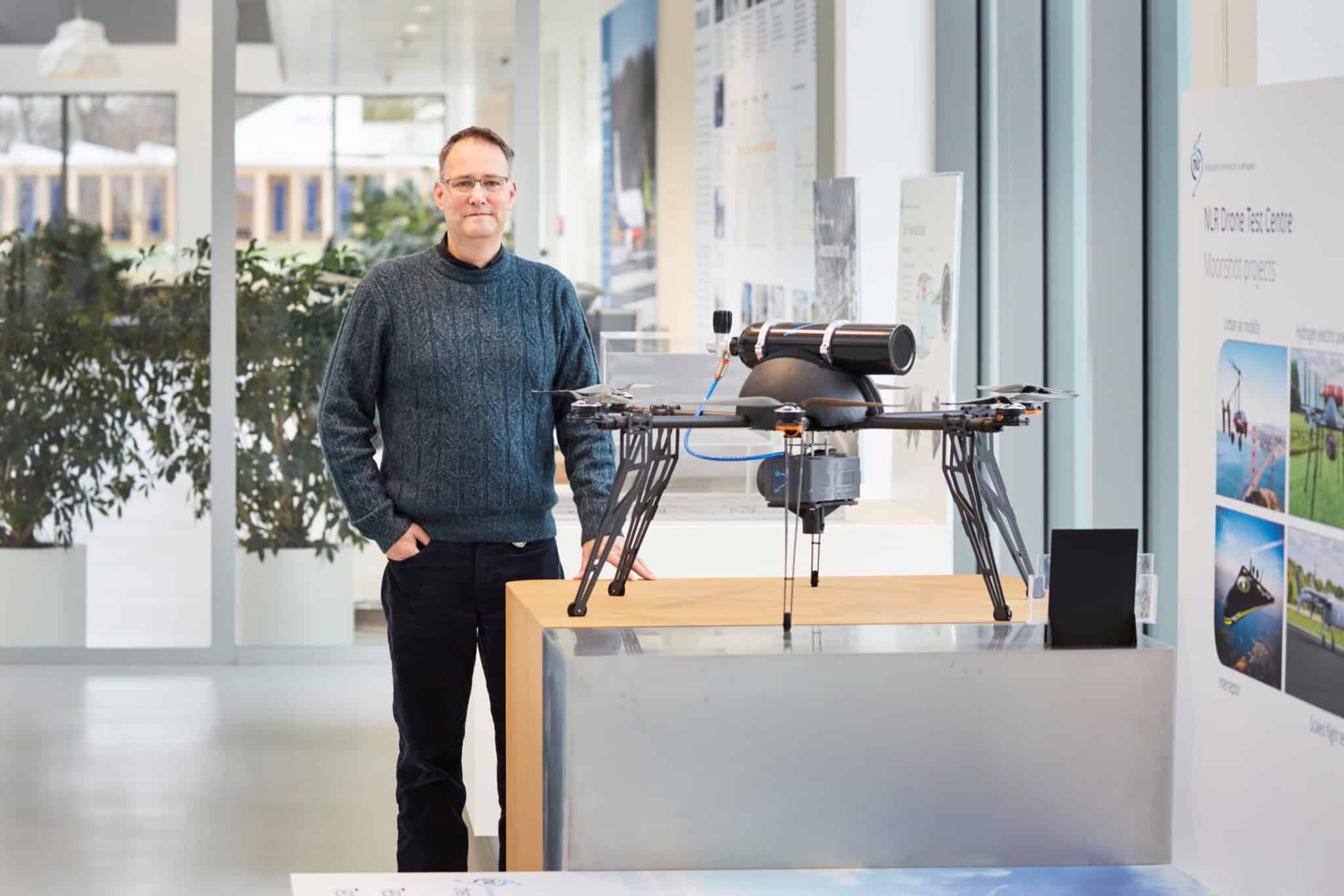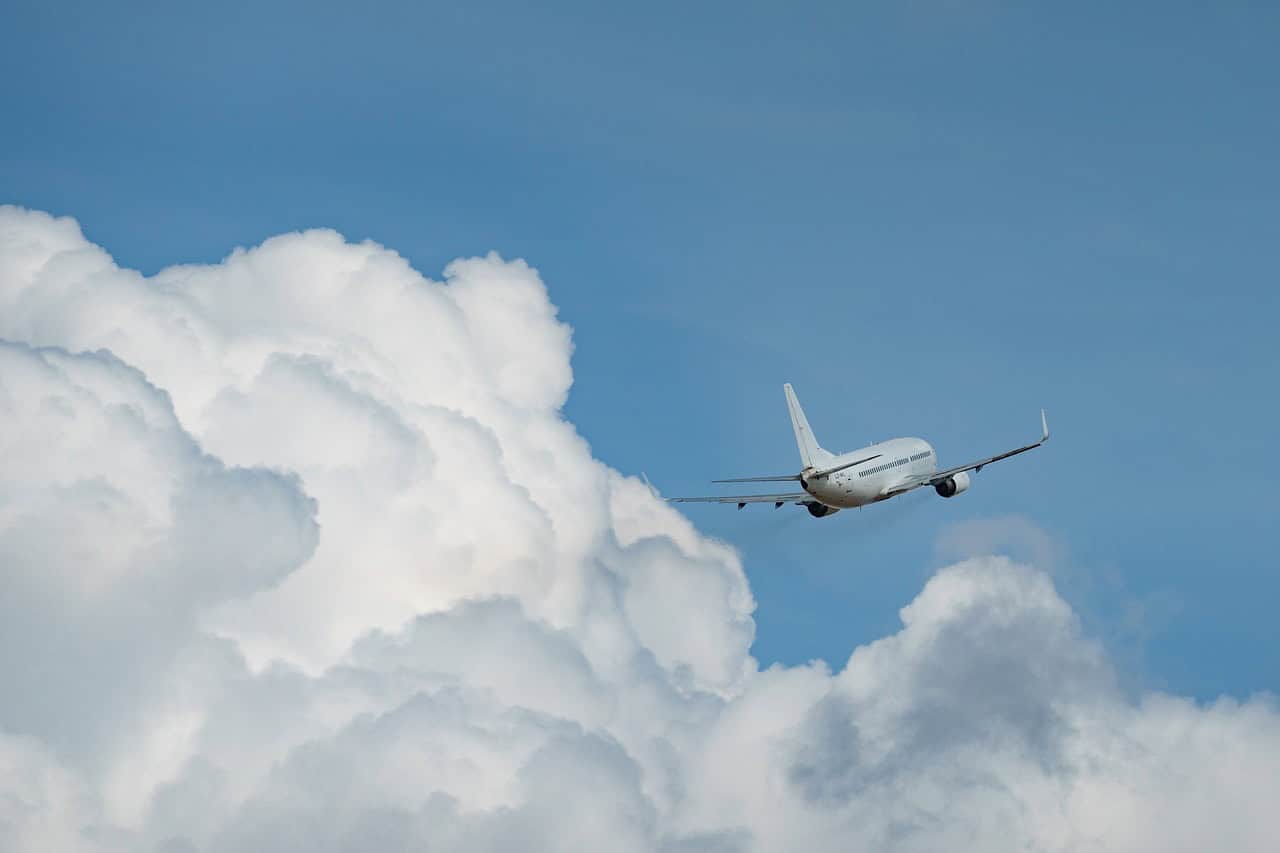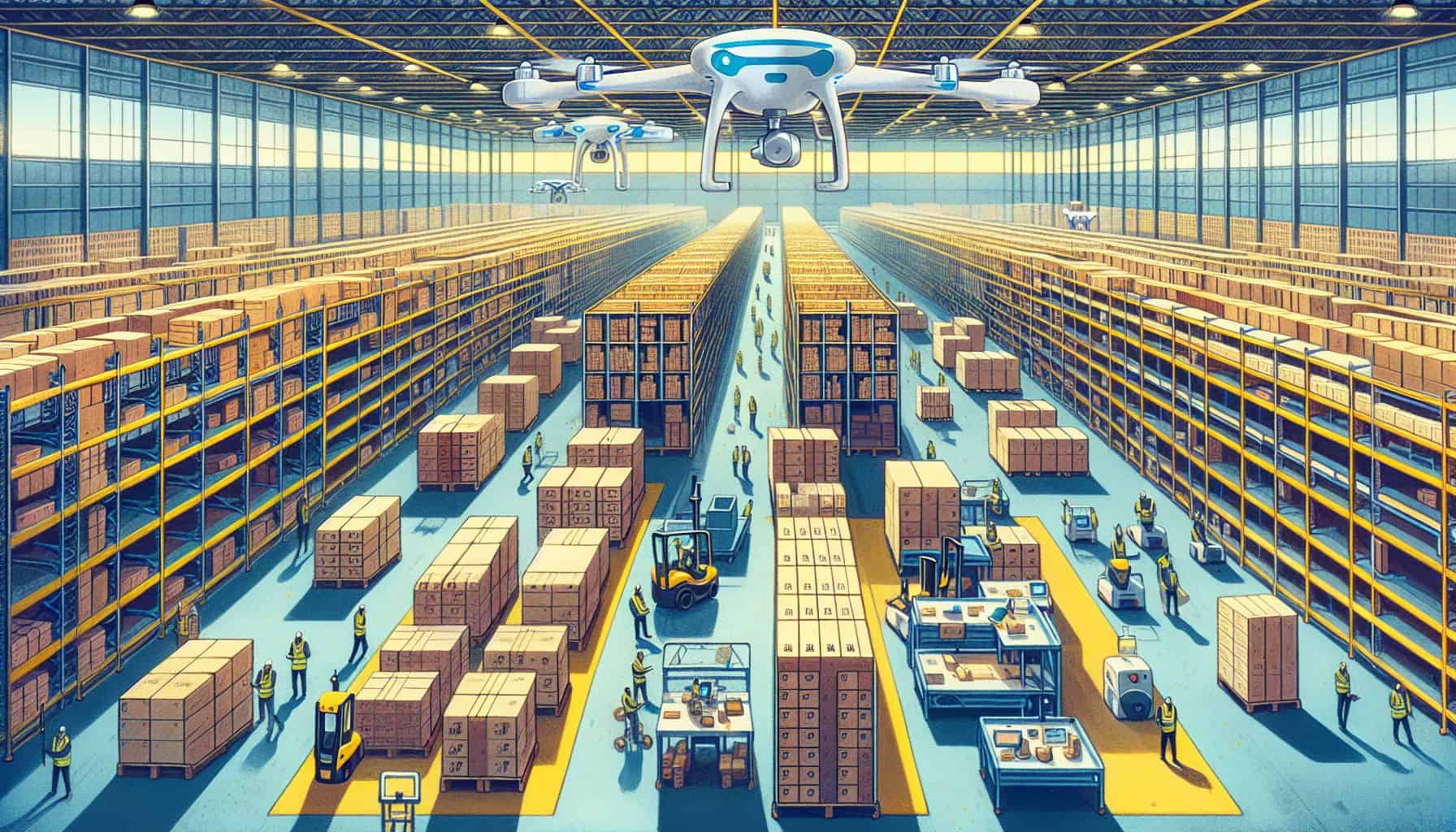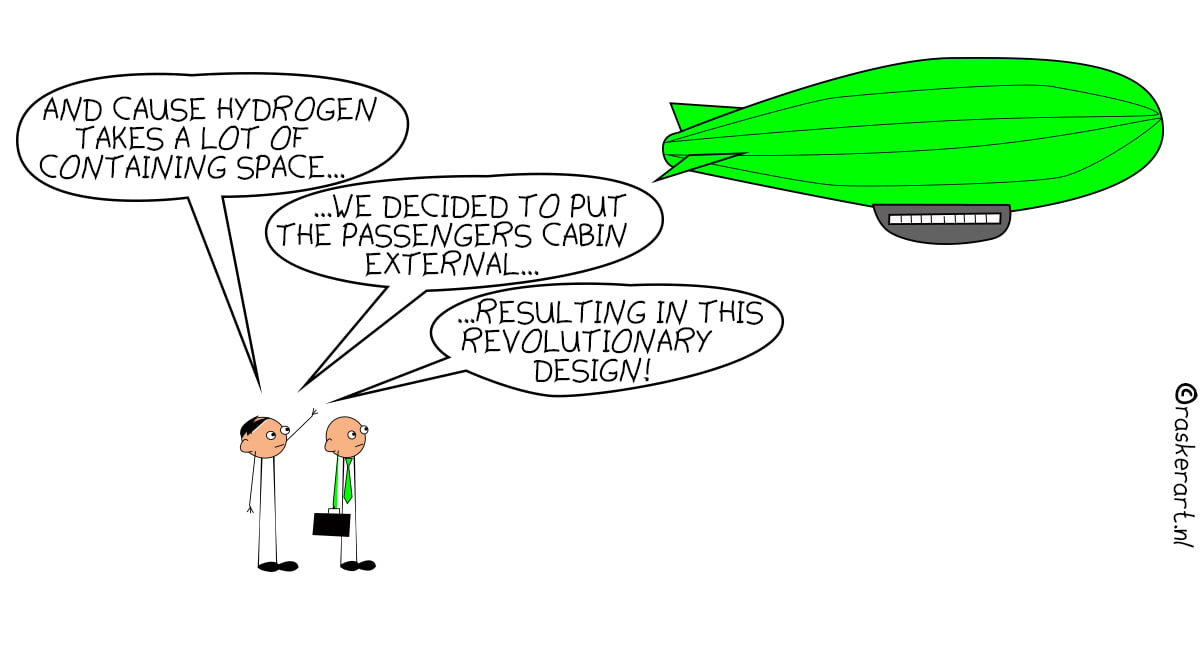
In the weekly ‘follow-up’ section we present a sequel to the best-read article of the past week. This week: how are we going to make aviation greener?
No money for a business class ticket and still enjoy a good night’s sleep on a flatbed during your flight to New York? Delft students came up with a solution and have since been nominated for the Crystal Cabin Award 2020. The designs are part of the interior plans for the Flying-V project led by Professor Peter Vink from TU Delft.
The Flying-V is a design for an extremely energy-efficient type of aircraft for long distances and is a collaboration between the faculties of Industrial Design and Aerospace Engineering (LR) at TU Delft together with KLM. The aim of this design is to make aviation more sustainable.
While students are mainly looking for lighter materials in order to save weight (and therefore fly more economically) in this design, the major aircraft manufacturers are researching other fuels. Hydrogen, for example. The main advantage of flying with hydrogen – in addition to the fact that it emits no CO2 – is that just 0.36 kilos of hydrogen provides the same amount of energy as a kilo of kerosene. But the disadvantage of liquid hydrogen is that it takes up to four times as much space as petrol which has the same energy content. As a result you need larger fuel tanks for that. Not very handy if you also want to transport passengers and luggage.
Reconnaissance aircraft
Unmanned planes flying on electricity generated by hydrogen already exist. Boeing makes them, for example. The company that recently had to ground quite a few aircraft due to technical failures, has an unmanned hydrogen-powered ‘reconnaissance aircraft.’ The development of ‘green’ passenger aircraft is still a long way off.
Yet that doesn’t mean that it is not already being experimented with. Back to TU Delft, where Professor Vink’s students are looking for lighter material, whereas the AeroDelft student team are taking it a step further. They are developing the world’s first manned aircraft powered by liquid hydrogen. According to the team, aviation over the past 120 years has grown from a band of daredevils with dreams of flying, into an industry with nearly 40 million flights landing safely every year. “But this expansion has meant that 2% of all CO2 emissions come from the burning of fuel. So aviation is a major contributor to global warming. Flying on hydrogen is still in its infancy. We want to make a contribution with our team by showing that it is technically possible,” Liam Megill writes in a post on the AeroDelft website.
According to the student team, the decision is logical. As hydrogen is the lightest element that we know and contains 3 times as much energy as petrol. But there are also plenty of challenges. For one thing, hydrogen is explosive. Consequently, the students must take strict safety measures into account. “We want to build in an emergency system for discharging hydrogen, in case there’s a risk of explosion.”
The engineers have calculated that the plane should be able to fly from Delft to Morocco on a full tank. The team hopes to make the first test flight from Rotterdam next year.
Flying cars
Another solution that might make people catch a plane less often, could well be flying cars. Last month during the CES, Uber and Hyundai announced a collaboration to develop such an electrically-powered flying taxi service. Closer to home, Pal-V, a Dutch company that manufactures flying cars, is also working on electrifying their vehicle. “However, at the moment the battery packs are still far too heavy. We are looking into how we can make them lighter. Yet we are also open to other options,” a spokesperson says over the phone.
In order to achieve this, Pal-V is working with the Royal Netherlands Space Centre (NLR), which is also developing a program to get Urban Air Mobility off the ground, as in transport people through the air using drones. “Making aviation more sustainable is an important theme as far as we are concerned. And we are convinced that drones can make a positive contribution to this,” says Kees de Waal, NLR spokesperson. But what that should look like is still very much in its early days, he acknowledges. “At this stage, it’s still about social acceptance. After all, how are people going to react if drones are suddenly flying around everywhere? The next step will be a simulated town where we can test the transportation of parcels within a city. Not until much later on will any actual tests be carried out with people. That’s not going to happen overnight.”




